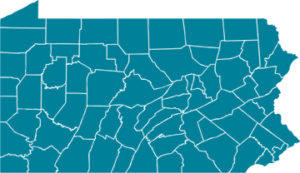Hospitals Weigh Potential Impact of Medicaid Expansion in PA
Medicaid expansion in Pennsylvania could help compensate hospitals for the care they are currently providing to uninsured patients.
And enhanced Medicaid payments made possible under the Affordable Care Act also could help hospitals with their Medicaid shortfalls: the difference between what Pennsylvania pays hospitals for the Medicaid services they provide and the actual cost of those services.
So hospital executives around the state recently told the Johnstown Tribune-Democrat.
To learn more about how selected hospital executives view Medicaid expansion and why the Corbett administration has been reluctant so far to go ahead with that expansion, read the article “Small hospitals could gain from expansion” in this Johnstown Tribune-Democrat article.






